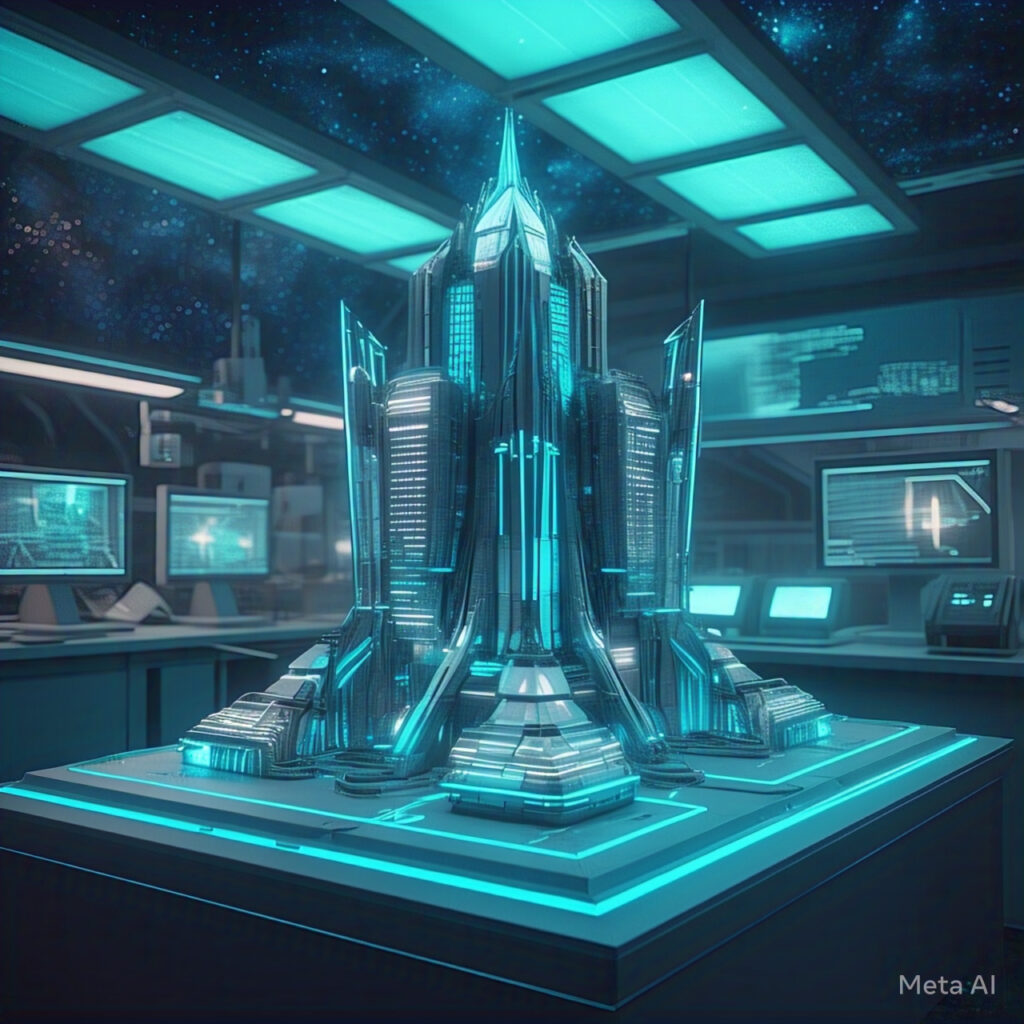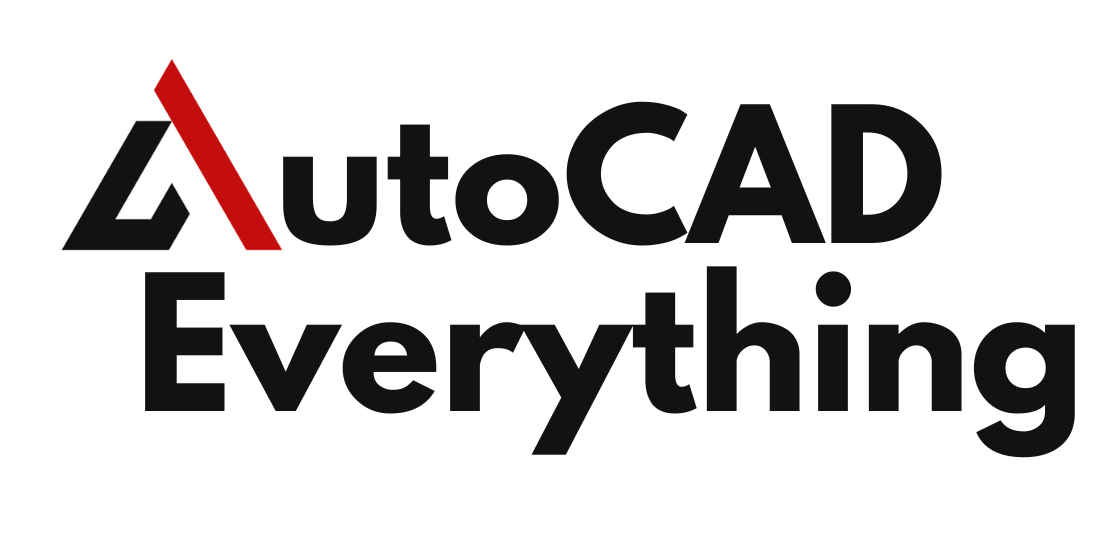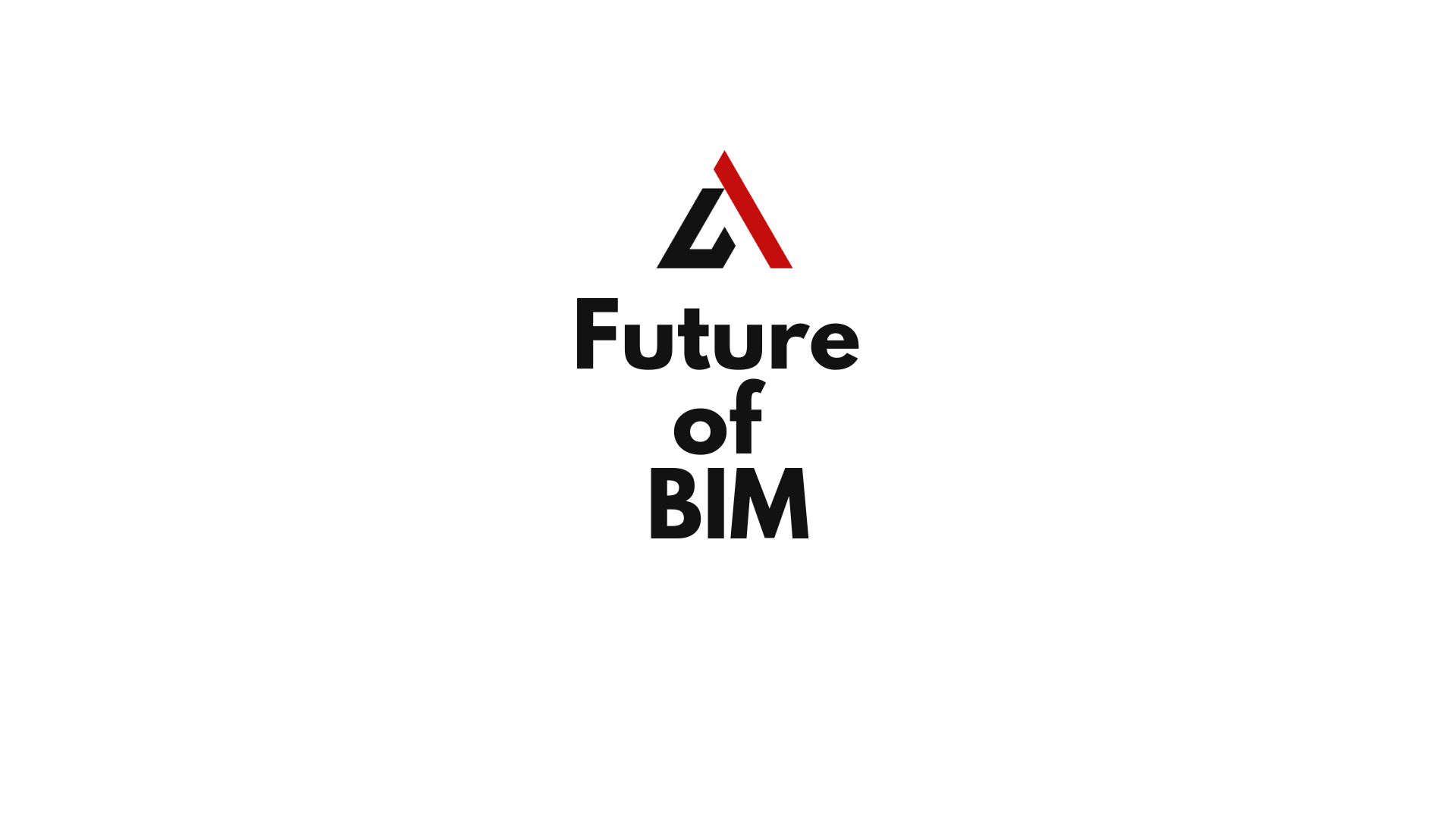Introduction – The Evolution of BIM in Infrastructure
Building Information Modeling (BIM) has already transformed how architecture, engineering, and construction (AEC) professionals design, build, and manage infrastructure projects. From roads and bridges to tunnels, railways, and smart cities, BIM has become a critical tool for efficiency, collaboration, and sustainability.
But where is BIM headed next? The future of BIM in infrastructure will be shaped by emerging technologies such as:
✅ Artificial Intelligence (AI) for predictive analysis and automation.
✅ Internet of Things (IoT) for real-time data collection and monitoring.
✅ Automation and robotics for faster, more precise construction.
✅ Digital twins for better asset management and infrastructure resilience.
✅ Cloud computing and 5G for seamless collaboration.
This article explores how these cutting-edge technologies will reshape infrastructure BIM and improve how we design, build, and maintain critical assets.
Table of Contents
The Current Role of BIM in Infrastructure
Before diving into the future, let’s review how BIM is currently used in infrastructure development.
How BIM is Used in Infrastructure Today
✔ 3D Modeling and Design – Creating accurate digital representations of bridges, tunnels, roads, and railways.
✔ Clash Detection – Identifying design conflicts before construction begins.
✔ Construction Scheduling (4D BIM) – Managing time-based aspects of projects.
✔ Cost Estimation (5D BIM) – Tracking project costs and budgeting.
✔ Sustainability Analysis (6D BIM) – Assessing environmental impact and energy efficiency.
✔ Asset Management (7D BIM) – Monitoring the lifecycle of infrastructure assets.
BIM has already improved design accuracy, collaboration, and efficiency, but what comes next?
Emerging Trends Shaping the Future of BIM in Infrastructure
🚀 1. AI and Machine Learning in BIM
Artificial Intelligence (AI) is set to revolutionize BIM-based infrastructure projects by enabling:
- Predictive analytics – AI can analyze historical project data to identify potential risks before they happen.
- Automated clash detection – AI-driven algorithms will improve conflict resolution between different building systems.
- Generative design – AI will automatically generate optimized infrastructure layouts based on predefined criteria.
- Real-time decision-making – Machine learning models will continuously update designs based on changing conditions.
👉 Example: AI-powered BIM can analyze traffic patterns and suggest optimized road layouts that minimize congestion and accidents.
🌐 2. Internet of Things (IoT) for Smart Infrastructure
The Internet of Things (IoT) enables real-time monitoring and maintenance of infrastructure assets by integrating:
✔ Smart sensors – Embedded in roads, bridges, and tunnels to detect stress, temperature changes, and structural health.
✔ Real-time data analysis – IoT devices send live data to BIM models for immediate action.
✔ Predictive maintenance – Identifying wear and tear before failures occur.
✔ Smart traffic management – Analyzing congestion patterns to optimize road usage.
👉 Example: IoT sensors embedded in a bridge can detect cracks and send alerts to engineers through a connected BIM platform.
🤖 3. Automation and Robotics in BIM-based Construction
Automation will play a significant role in streamlining infrastructure construction through:
- Robotic Process Automation (RPA) – Automating repetitive BIM tasks such as data entry and model updating.
- Drones for site monitoring – Using aerial surveys to compare BIM models with actual construction progress.
- 3D printing of infrastructure – Creating bridge and tunnel components directly from BIM models.
- Autonomous construction equipment – Self-operating excavators, bulldozers, and cranes guided by BIM data.
👉 Example: AI-powered drones can scan a construction site and compare it with BIM models to ensure accuracy.

🏗️ 4. Digital Twins for Infrastructure Asset Management
A Digital Twin is a virtual replica of a physical asset, updated in real-time using BIM and IoT data.
Benefits of Digital Twins in Infrastructure:
✔ Real-time monitoring – Track the condition of roads, tunnels, and bridges.
✔ Enhanced safety – Identify structural weaknesses before failures occur.
✔ Energy optimization – Monitor and control lighting, HVAC, and utilities.
✔ Improved decision-making – Simulate different scenarios to optimize maintenance strategies.
👉 Example: A city’s metro system can use a digital twin to monitor train schedules, track wear, and optimize energy use.
📡 5. Cloud Computing and 5G for Seamless BIM Collaboration
BIM collaboration will become faster and more efficient with:
✔ Cloud-based BIM platforms – Teams can work on models from anywhere.
✔ 5G connectivity – Enables real-time updates of massive BIM datasets.
✔ Edge computing – Processes data closer to the source, reducing latency.
👉 Example: Engineers working on a highway expansion can access live BIM updates on-site using 5G-enabled tablets.
🌍 6. Sustainability and Carbon-Neutral Infrastructure
The future of BIM will also focus on green and sustainable infrastructure by:
✔ Analyzing carbon footprints – Tracking emissions during construction and operation.
✔ Optimizing material use – Reducing waste and choosing eco-friendly alternatives.
✔ Enhancing energy efficiency – Designing buildings with solar, wind, and geothermal energy in mind.
✔ Integrating with Smart Grids – Connecting infrastructure to renewable energy sources.
👉 Example: A BIM-powered sustainability analysis helps engineers design energy-efficient airports using solar panels and rainwater harvesting.
Real-World Applications of Next-Gen BIM in Infrastructure
🚆 High-Speed Rail Networks
- BIM + AI for optimized station layouts.
- Digital twins for real-time rail monitoring.
📌 Example: The UK’s HS2 rail project uses AI-driven BIM models to optimize routes and reduce construction delays.
🛣️ Smart Highways & Roads
- IoT sensors for real-time traffic analysis.
- Automated drones for highway inspections.
📌 Example: The E4 Stockholm Bypass integrates BIM, IoT, and automation to improve traffic flow and maintenance.
🌉 Next-Generation Bridges
- 3D-printed bridge components.
- AI-driven structural monitoring.
📌 Example: The MX3D 3D-printed bridge in Amsterdam was created using BIM-driven robotic automation.
Challenges and Barriers to BIM’s Future in Infrastructure
Despite its advantages, BIM adoption faces challenges:
❌ High Initial Costs – Implementing AI, IoT, and automation requires significant investment.
❌ Data Interoperability Issues – Different BIM and GIS platforms must integrate seamlessly.
❌ Cybersecurity Risks – Cloud-based BIM systems are vulnerable to hacking.
❌ Skill Gaps – The industry needs more BIM, AI, and IoT-trained professionals.
FAQs on the Future of BIM in Infrastructure
1. How will AI impact BIM in infrastructure?
AI will enable automated design optimization, predictive maintenance, and smarter decision-making.
2. What is the role of IoT in BIM?
IoT integrates real-time sensors with BIM models for infrastructure monitoring and predictive maintenance.
3. Can BIM help with smart city planning?
Yes, BIM combined with GIS and IoT creates data-driven, sustainable smart cities.
4. How does automation improve BIM-based construction?
Automation reduces errors, speeds up construction, and enhances safety using robotics and AI.
5. What’s next for BIM in infrastructure?
The future includes AI-driven automation, 6D BIM sustainability tracking, and fully integrated digital twins.
Conclusion – The Road Ahead for BIM in Infrastructure
🚀 The future of BIM in infrastructure will be shaped by AI, IoT, automation, and digital twins. These innovations will improve efficiency, safety, and sustainability while reducing costs and delays.

